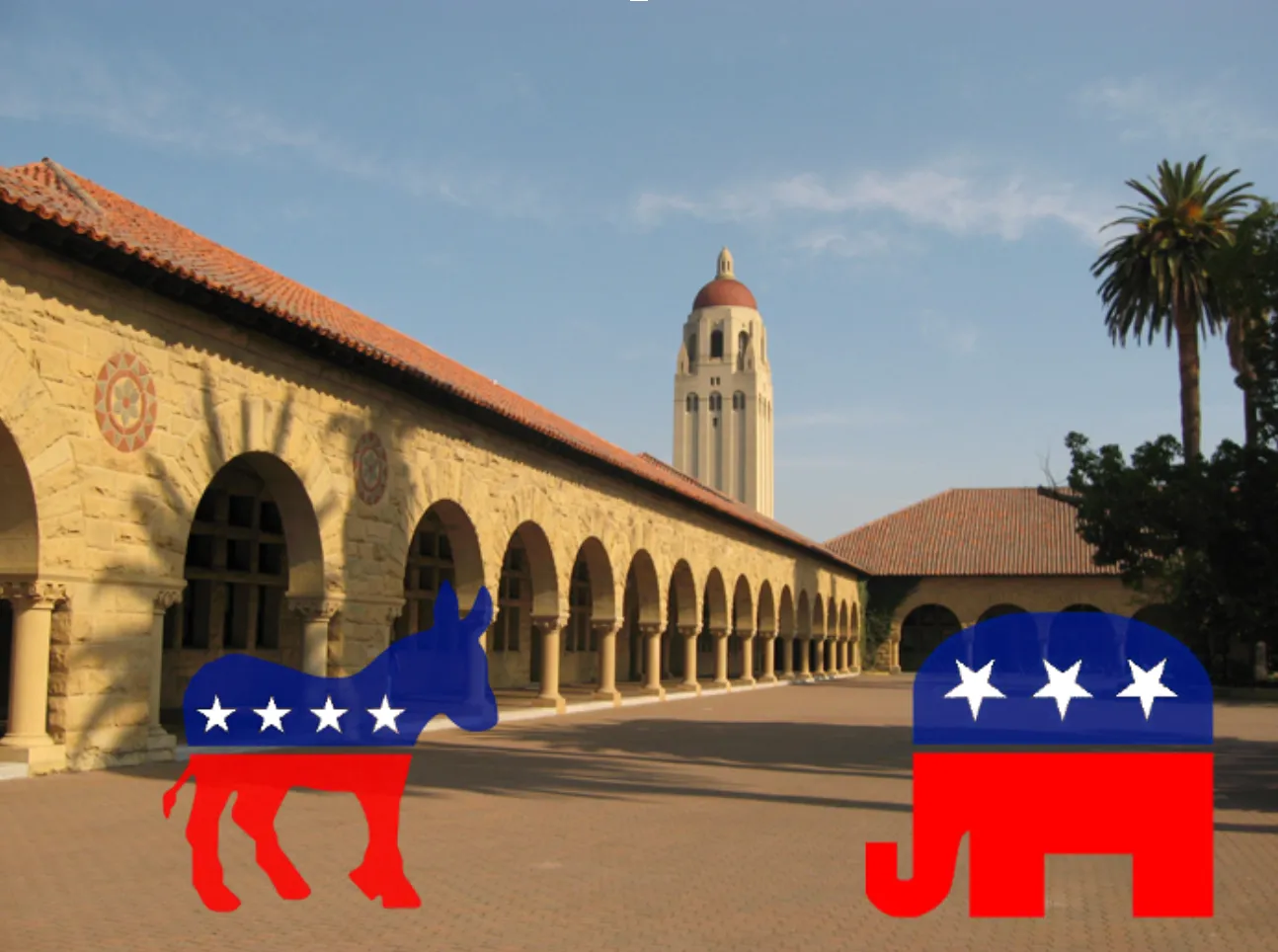Table of Contents
Last month The Stanford**Daily published an op-ed criticizing Stanford University for failing to offer a pre-calculus class. Written by Daily Columnist Kristian Bailey, the editorial centers on a certain “C.J.,” an aspiring economics major who, unable to take a pre-calculus course in high school, now struggles to get through Math 19 homework.
C.J.’s high school did not offer a pre-calculus course, which is why he was unable to take math beyond Algebra II until college. Stanford offers four traditional course series for first year students interested in math. The 50 series and its proof-based counterpart the 50H series are composed of multivariable calculus and linear algebra, and are designed for students who excelled in calculus during their high school years. In addition two options exist for single-variable calculus: the 20 series and the 40 series. The 40 series covers 20 series material in two quarters rather than three.
Neither the 20 series nor the 40 series presume prior knowledge of calculus, although they do presume prior knowledge of traditionally taught high school coursework, which includes pre-calculus. As a result, C.J. is forced to teach himself calculus in conjunction with taking Math 19, a strategy that leaves him doing math homework far longer than many fellow students.
The**Review finds C.J.’s story deeply regrettable. C.J. clearly has fallen through the cracks of our education system, unable to receive the same opportunities as many other students before coming to Stanford. This Editorial Board firmly believes that the success of Stanford University as an institution relies on its ability to be a true meritocracy. To that end, leveling the playing field for underprivileged students like C.J. is important. The first step is admitting students like C.J. The second step is following through to make sure they can succeed in a place as rigorous as Stanford. But is Stanford really not already doing this?
Let’s look at C.J.’s story a little more closely. The vast majority of students from under-resourced schools are able to take coursework in math at least up to the point of calculus. This means that a student like C.J., who legitimately cannot take pre-calculus until college, is in the extreme minority at any college, much less Stanford. When we consider college classes in terms of a market, the market of students demanding a pre-calculus class at Stanford is extremely small. Creating a class that requires as much curriculum development as a math class for just one student is an inefficient allocation of resources for the university on the whole.
When we think about classes in terms of market demand, a pre-calculus course for an extreme minority just doesn’t make sense. The university could be using its resources efficiently and helping C.J. succeed. Contrary to how C.J.’s story was portrayed, there are a number of options for C.J. already available at Stanford. The Economics major that C.J. intends to declare does require Math 51. However, the major itself is only 80 units in total. The minimum number of units to complete an undergraduate degree at Stanford is 180. Many economics students begin their major in the junior year and have enough room in their schedule to complete the degree and graduate on-time. Following this course schedule, C.J. could easily spend two years of college getting ahead in math. The 20 series and Math 51 span four quarters. What this means is that C.J. could have easily postponed any formal math instruction at Stanford for a whole academic year while he taught himself pre-calculus, or took advantage of free tutoring services for Stanford undergraduates.
Even more, consider the case where C.J.’s intended major were significantly more units than economics. Many engineering majors require that math and science be taken in the first two years of study. For a student like C.J., the Engineering Diversity Programs office—the office that coordinates outreach programs like SSEA, Leland Scholars, and ACE—offers grants for under-privileged students to take supplementary math and science coursework over the summer. C.J. is a prime candidate for a grant like this.
Though extremely unfortunate, C.J.’s situation is not as dire as it sounds. An extraordinary amount of funding exists at Stanford to support underprivileged students and to help them succeed at Stanford. Stanford should not offer a pre-calculus course for Stanford credit for three simple reasons. First, there is an extremely small market for a pre-calculus course, meaning that it is an inefficient allocation of university resources; the problem could easily be solved in a different way. Second, the university should be wary of awarding Stanford credit for a high school-level course at the risk of lowering the standards for academic excellence. And finally, Stanford already has resources and support in place for helping students like C.J. succeed, even if it does not come in the form of a course. C.J. could have easily made better choices that would have put him in a stronger academic position today. Perhaps the challenge Stanford faces in helping these students is not providing a pre-calculus course; it is seeking out under-prepared students and making them more aware of the resources already available to them.







